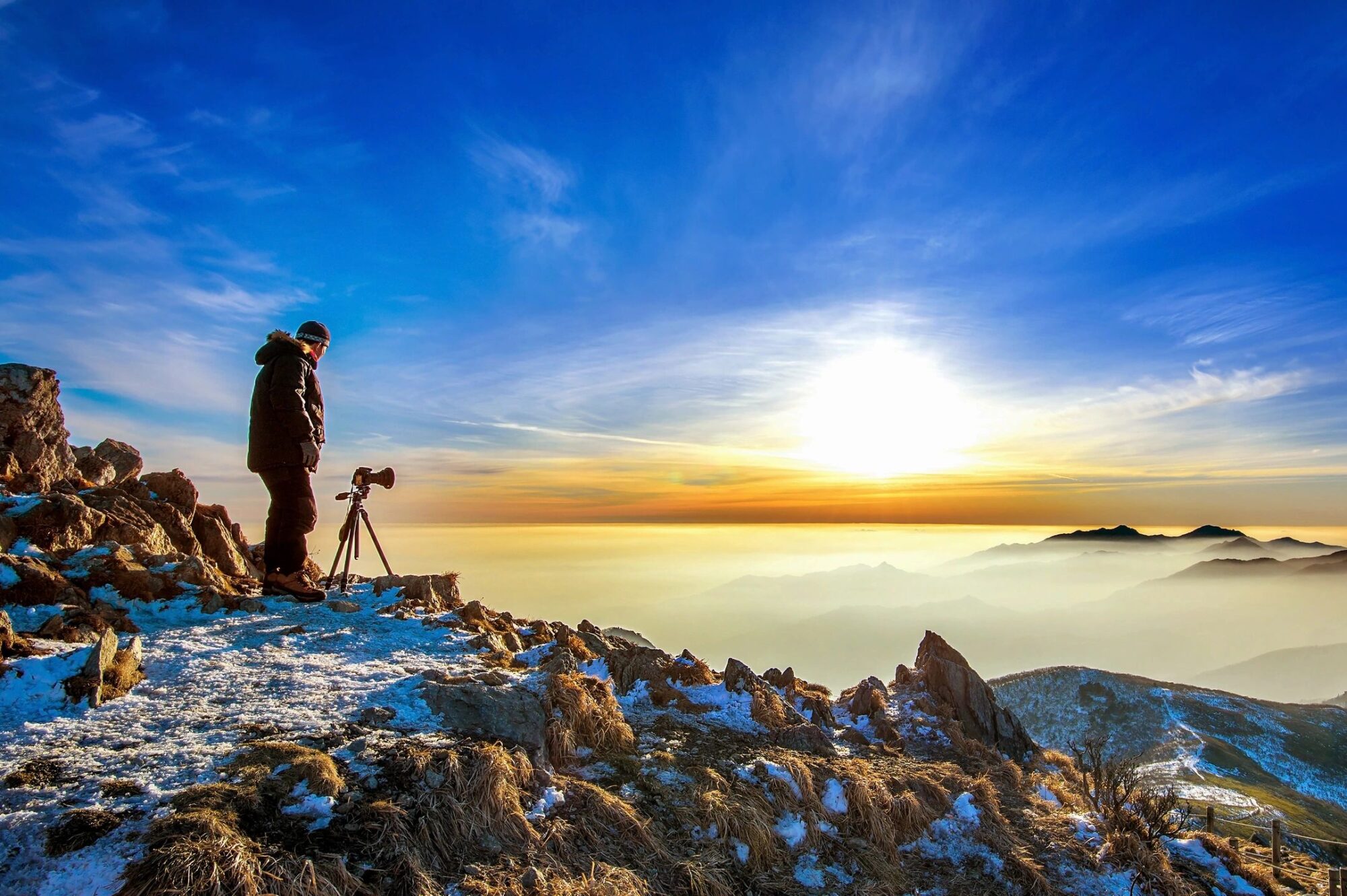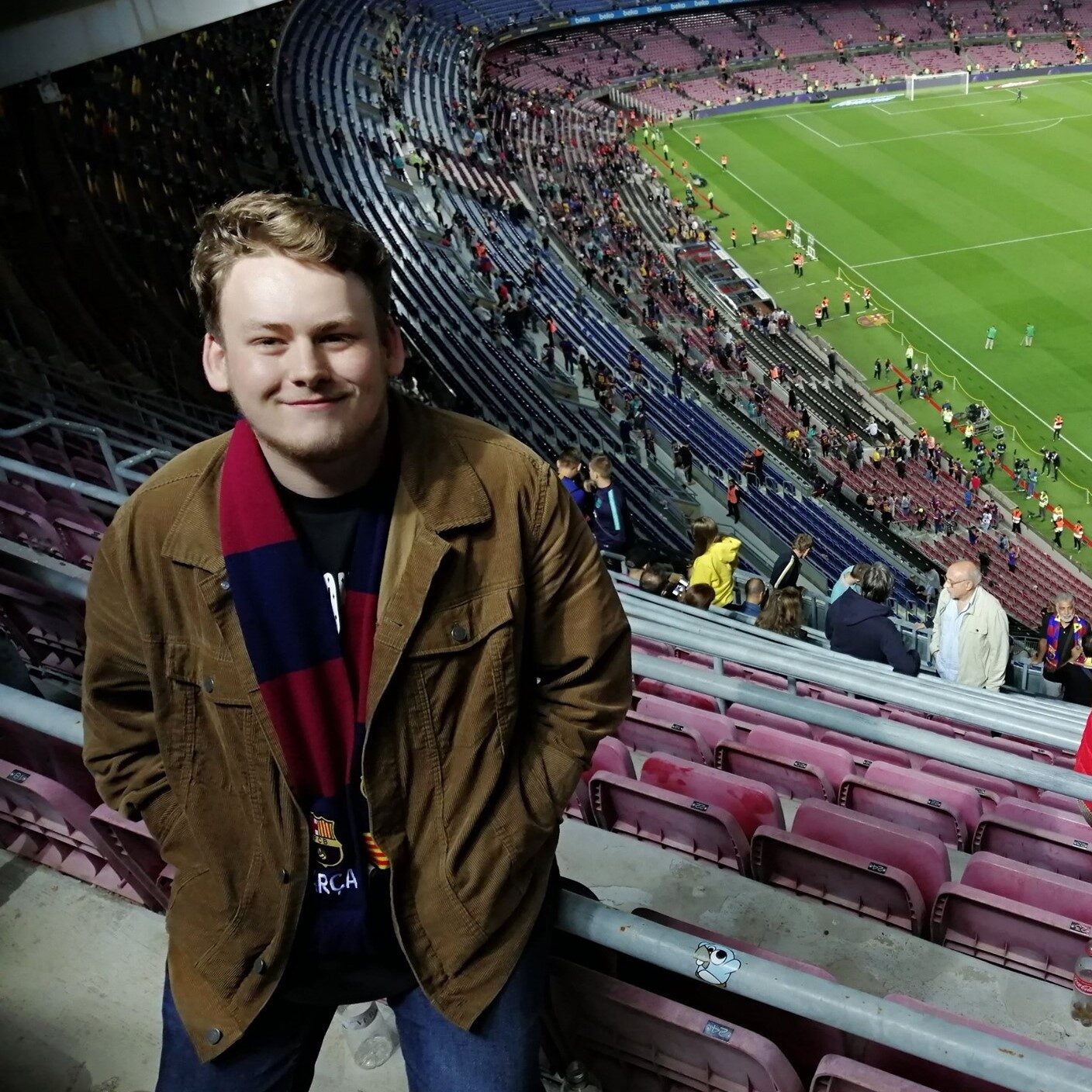The term ‘nature photography’ really exists as a term that covers the majority of scenarios within outdoor photography. These can include things like photographing wildlife like animals and plants, to capturing landscapes. Naturally (hah!) each individual scenario will involve its own specialist approach. This article will break down some tips for ensuring you can master the art of photographing nature.
The ultimate aim of operating as a nature photographer is to be able to best represent the beauty of the subjects that you are capturing, whether these be the natural environment or the animals, flora and fauna that exist within it.
Landscapes/Environment
Perhaps the greatest barrier to photographing landscapes, and much of nature photography, is the unpredictability of it all. With landscape shots, rapidly changing light and varying weather on offer, it can be difficult to take back control of this. However, there are techniques that can allow you to do this.
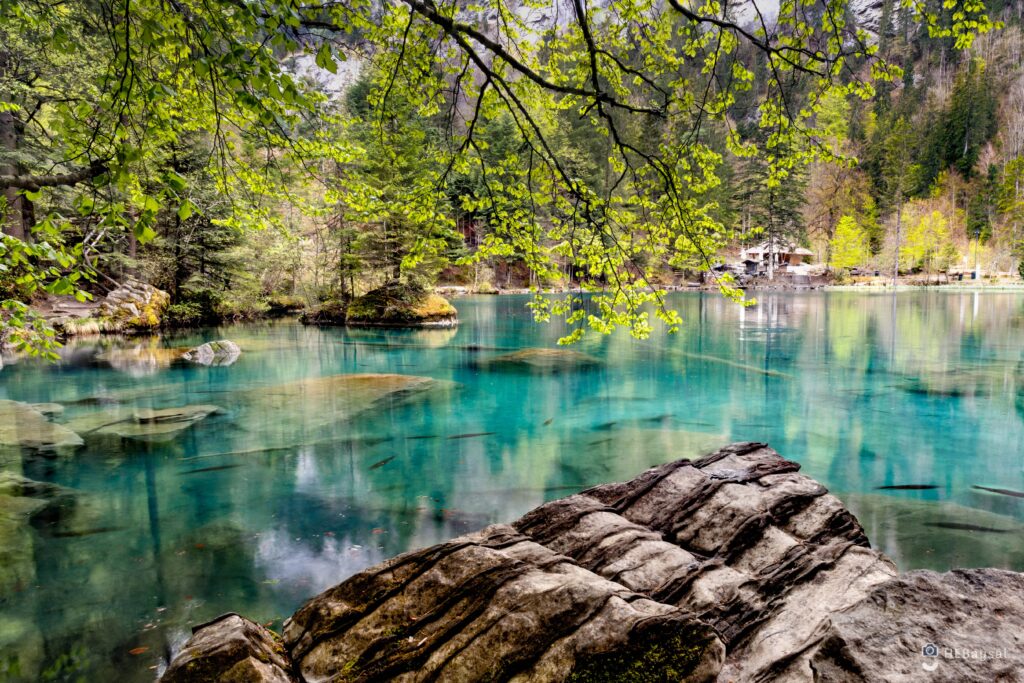
Planning
Firstly, planning is majorly important. Identify the best time of day, and think about the kind of image you want to capture. Consider the ‘golden hour’, this being the first hour after sunrise and the last hour before sunset. This ‘golden hour’ provides the greatest potential natural light due to the low angle of the sun. Softer lighting will limit harsh shadows that appear around midday.
Packing
When you are out in the elements, consideration of things like clothing and supplies is vital. Think about the smaller nuances of the situation. For instance, in a sunny setting will you be able to defeat the dreaded screen glare with a sunhat and ensure that the images you capture are satisfactory?
Somewhat typically it is recommended that you should carry reserve equipment. Extra memory cards, batteries, and lenses should be a given on outdoor shoots.
Photographing Flora
When capturing plants and flowers it is the detail that is most important to capturing these perfect shots. Typically flora photography can be looked down upon as a little stale but this doesn’t have to be the case, in fact it can actually encourage creativity. Before venturing into the field, consider taking time in the garden to practice positioning and the capture of detail.
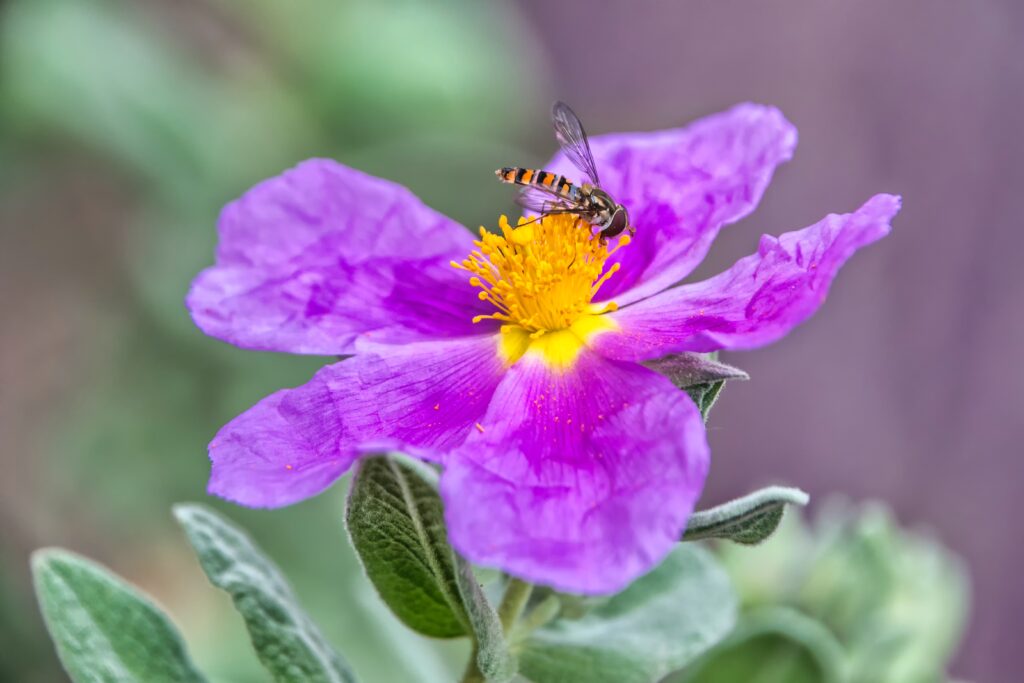
Minimise External Influences
In order to minimise outside influence, consider the use of items that can increase control over the subject. For instance, shields that can block the breeze might be a good way of reducing the impact of weather.
Depth of Field
One major tip would be to practice finding the right balance within the depth of field. A shallow depth of field found when getting closer to the subject will negate much of the detail that you need to capture. It may even be worth increasing the depth of field through the introduction of the use of a tripod at this point to ensure the use of longer exposures and smaller apertures.
Photographing Fauna
Capturing animal wildlife is all about preparation. The most dedicated photographers will find themselves camped out for days to weeks on end all to ensure they get a single perfect shot. While this isn’t possible for all, some small tips can help.
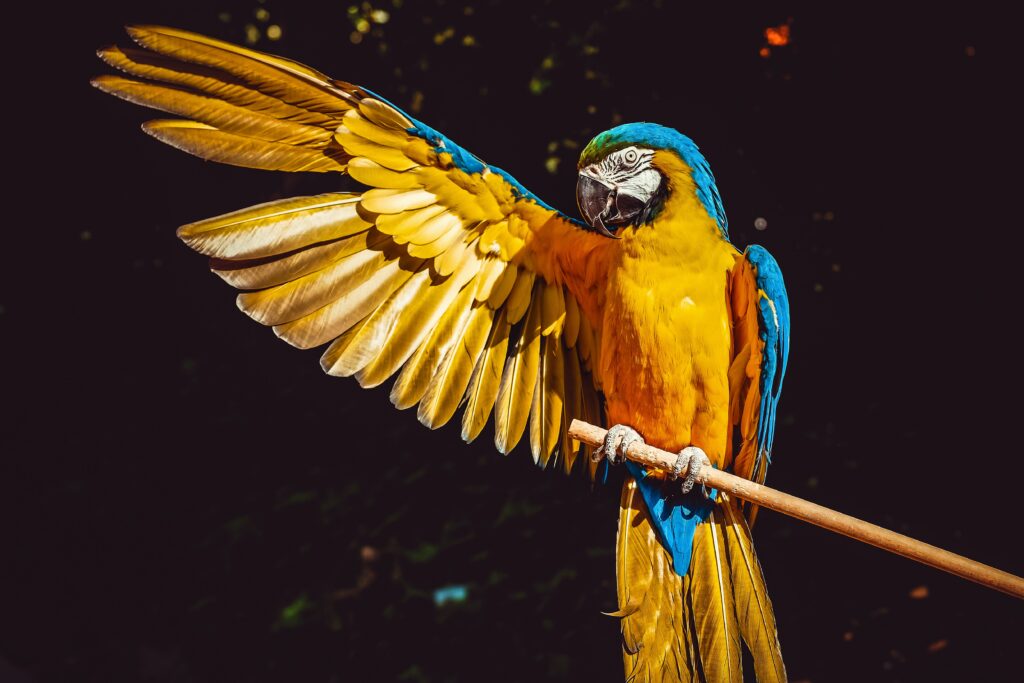
Equipment
First and foremost, a DSLR is desirable purely for the ability to utilise interchangeable lenses. The subject of the image will dominate the choice of lens. For instance, when photographing birds a mid range lens will provide appropriate detail. A zoom lens would be best for capturing animals from distance, in situations wherein you don’t wish to disturb the natural setting.
Techniques
Like the considerations of landscape photography, the choice of day conditions will have a role to play. Animals are unwilling subjects, and will have their own routines. Some are nocturnal, some migrate, and some will augment behaviour based on the seasons.
Animals more often than not are fast moving, and largely difficult to track and predict. In order to minimise the potential for missed opportunities, ensure the shutter speed you work with is fast enough to deal with any accidental shifts or movements.
While not always possible, being able to get close-ups of animals can be a gamechanger in the edit room. Even with the use of a zoom lens, photographers can capture extremely detailed close-ups. This can be enhanced in situations wherein you have the time to augment the shot, with a consideration of angles and positioning.
Patience is another key consideration. This goes back to the idea of unpredictability. It becomes a trope of wildlife photography that the desired subject appears when the photographer least expects it, so always be on guard and you could possibly stumble onto the shot of your dreams.

